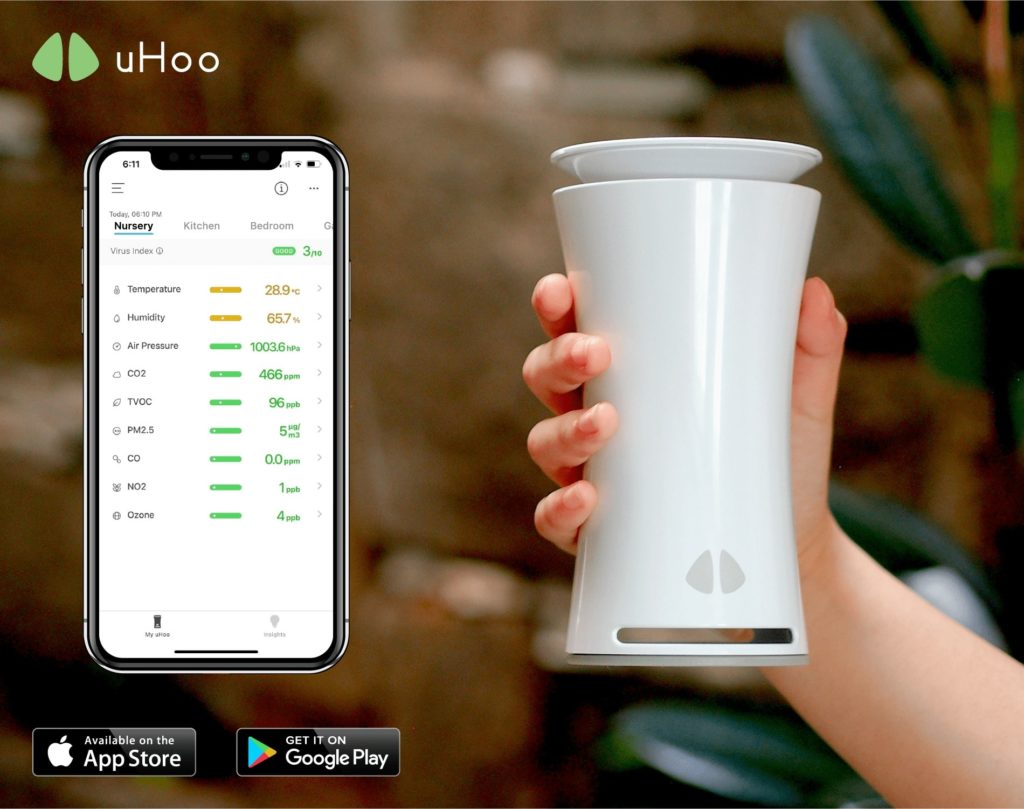
Consider this alarming information:
- An estimated seven million people die prematurely from air pollutants each year.
- Household air pollution accounts for about 4 million premature deaths annually.
- According to the World Health Organization (WHO), 99% of the planet breathes air polluted to levels over recommended limits.
Despite this, many people ignore and do not understand the importance of monitoring air quality and following set standards.
Why should we care about poor air quality?
Among global health threats, air pollution ranks second only to smoking in terms of significance. Exposure to high levels of air pollution or prolonged exposure can cause major health problems. When we breathe polluted air, toxins can enter the bloodstream and travel to our internal organs, including the brain. A number of serious health issues can result, including asthma, cardiovascular disease, and cancer, which can affect the quality of your life and how much time you have left. Those with chronic illnesses, the elderly, and children are among the most vulnerable to the harmful effects of pollution.
Poor air quality is generally caused by toxic substances and gases that come from various sources, such as vehicles and industrial emissions, burning fossil fuels, and wildfires. And if you think your homes are safe from poor air quality, think again. It has been proven that indoor pollution is at least five times worse than outdoor pollution. Indoor air quality can be affected by a variety of factors, such as furniture, cleaning materials, cooking residue, mold, and dander. As a result of inadequate ventilation and limited space, harmful pollutants are likely to build up to levels that pose considerable health and safety risks.
The air quality standards provide the needed guidance to ensure we breathe safe and healthy air.
What are air quality standards?
Generally, air quality standards determine how much pollution can be present indoors and outdoors for a certain period of time without causing health or safety concerns. Developing these guidelines involves gathering scientific data and exhaustive research on pollutants, monitoring their effects over time on sensitive populations, and consulting with experts and the public, among other things. A pollutant’s health impacts are identified, monitored, and reported according to the time an individual has been exposed to the concentration: long-term (six months or an annual average) and short-term (8 hours or 24 hours).
It is important to note that air quality standards vary from one country to another because of local conditions. International agencies like the World Health Organization (WHO) aim to provide references that countries can incorporate into their respective air quality laws. The WHO recommends established limits for the following major air pollutants:
- Particulate Matter (PM 2.5 and PM10)
- Ozone
- Nitrogen Dioxide
- Sulfur Dioxide
- Carbon Monoxide
The same applies to indoor air quality. Standards can also vary between countries, so there is no definitive list. The U.S. Environmental Protection Agency (EPA) and Centers for Disease Control and Prevention (CDC) have established guidelines for indoor air pollution thresholds that are widely recognized.
The EPA tracks and evaluates six criteria air pollutants. These are pollutants that are known to cause harm to health, the environment and cause damage to property. The standards for these six criteria air pollutants are classified into two categories: primary standards are permissible levels for human health, while secondary standards are limits based on environmental and property damage risks. The standards are generally set at parts per million by volume, parts per billion by volume, or micrograms per cubic meter of air, depending on the type of pollution.
The six criteria air pollutants are:
- Particulate matter
- Ground-level Ozone
- Carbon Monoxide
- Sulfur Dioxide
- Nitrogen Dioxide
- Lead
Why is it important to follow air quality standards?
Clean air is a human right, and it should be protected. Most of what we do every day in the modern world exposes us to high levels of air pollution, regardless of whether we are indoors or outdoors. It can be challenging to manage air quality and air pollutants. Invisible, odorless, and dangerous levels of air pollution require sensitive monitoring technology to be detected. Air quality standards need to be established so people can tell if the air is clean or not. Following these standards can save lives, property, and the environment.
Understanding air quality standards allows you to become informed and protect your home, your family, and your local community. When you are able to monitor your indoor air quality, you can help identify any IAQ issues and avoid symptoms of poor air quality.



